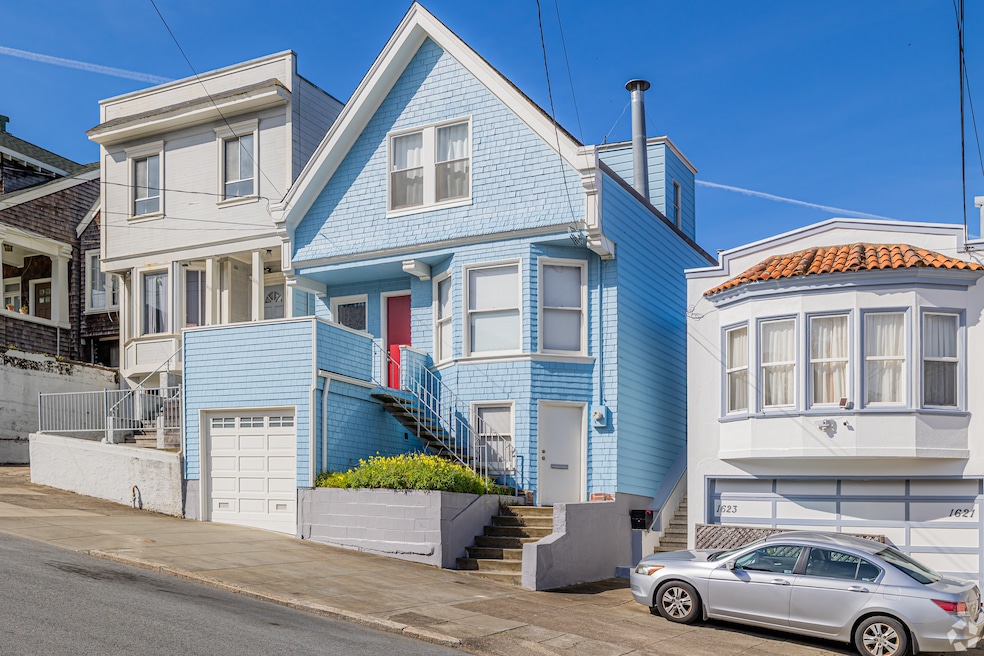Facing a state-imposed deadline to dramatically ramp up housing production in less than a decade, San Francisco says it wants to allow more homes in the city’s lightly developed western and northern sections.
The city needs to build about 82,000 new homes by 2031 to comply with a state law that requires local governments to meet current and upcoming housing needs. Many of those units are expected to be built in eastern neighborhoods closer to downtown, where development has been concentrated over the past few decades. Officials hope low-rise areas such as Sunset and Richmond on the west and Fisherman’s Wharf to the north can provide another 36,000 residences.
“For too long, San Francisco has made it easier to block new homes than to build them,” Mayor Daniel Lurie said in a statement. “And while our needs have changed since the 1970s, much of our zoning hasn’t. Now, the state has given us a clear mandate to build more housing with real consequences if we don’t.”
To make this possible, the city should eliminate rules that cap the number of houses that can be built on a lot in these neighborhoods, according to a memo officials will present to the city planning commission on Thursday. Instead, construction should be limited based on how much of a lot a house can cover, height and other restrictions. At the same time, the city wants to raise height limits to direct new high-rise buildings to major corridors in these areas.
“Rezoning the northern and western neighborhoods will not result in immediate or widespread redevelopment; it will simply remove barriers and create opportunities for new housing to be built throughout the city,” the nonprofit San Francisco Bay Area Planning and Urban Research Association, which supports the changes, said on its website in March.
The state also wants to see more homes in so-called high-opportunity neighborhoods, areas it says provide the most beneficial economic, educational and health outcomes for low-income families. The city’s western and northern sections tend to have good transit, jobs, schools and neighborhood amenities, the nonprofit association said.
Restrictions date to 1970s
It’s reasonable to ask these parts of the city to accept more development, according to the website, since many of them have seen minimal new housing built since the mid-20th century. The northern and western neighborhoods make up more than 50% of the city’s land but just 10% of the new housing built in the city since 2009.
Restrictions on new development in these areas date to the 1970s, according to the city planning website, when the city blocked new housing construction in response to largely white, middle- and upper-income residents moving to single-family homes in the suburbs.
The proposal for new housing will not result in clusters of tall buildings that block popular views or “change the overall perception of the landscape of the city,” according to the planning commission memo.
“The city’s approach to increasing residential density in these neighborhoods will consider the need to protect communities vulnerable to displacement. It will also coordinate new development with infrastructure and services to ensure that new housing does not overburden our existing resources,” Rachael Tanner, San Francisco’s director of citywide planning, said in an email.
Opponents of the housing plan include Neighborhoods United SF, an advocacy group that says the proposed development will tend to benefit wealthier people and property owners without leading to much new affordable housing.
“We must stop wealth-extracting luxury development and protect our vibrant commercial corridors, small businesses and existing rent-controlled housing stock,” the group said on its website.
The median sales price of a single-family home in San Francisco at the end of March exceeded $1.5 million, according to Homes.com data. The city says in its memo that its efforts will lead to more “fourplexes, accessory dwelling units, [townhouses], and mid-sized multifamily buildings, all of which tend to be more affordable than single-family homes.”
If the city doesn’t meet its obligations, it warned in the memo, the state might allow builders to evade city rules that regulate how and where development occurs, leading to a worse outcome for neighborhoods. The state could also take away grants that the city relies on for services such as public transit.
The city needs to adopt its housing plan by the state’s deadline of January 2026.

